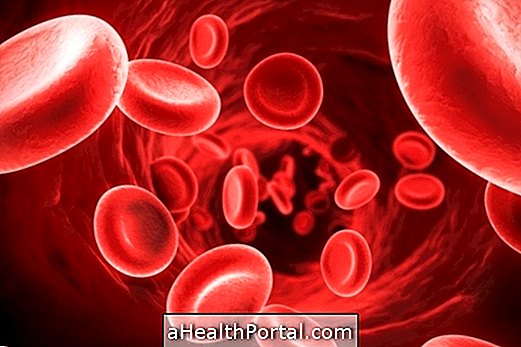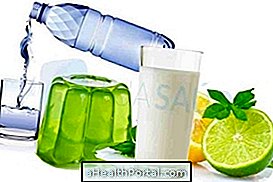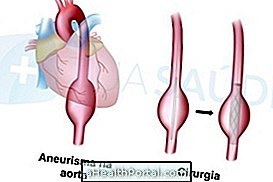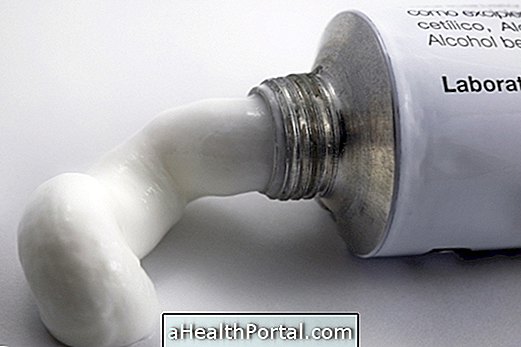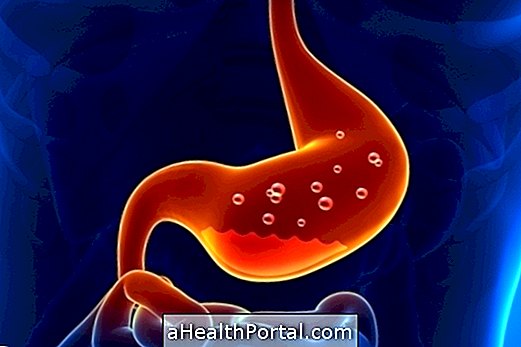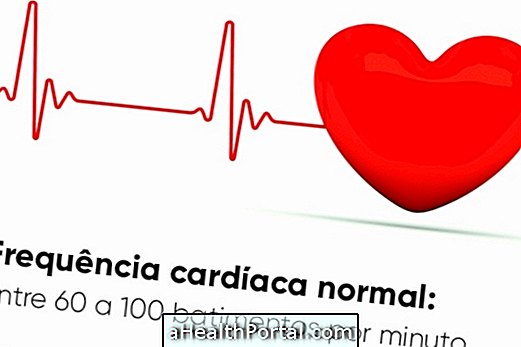Anasarca is a medical term that refers to a swelling, also called edema, which is generalized in the body due to the accumulation of fluid and can happen because of several health problems such as heart failure, kidney or liver problems and even diseases of the body. lymphatic system.
In addition to swelling in the body, anasarca can generate other signs and symptoms depending on the severity and which organs were affected, such as increased blood pressure, changes in heartbeat, chest pain and shortness of breath.
The diagnosis of anasarca is made by a general practitioner, nephrologist or cardiologist through physical examination, observing the characteristics of the swelling, and blood tests, ultrasound, X-rays or computed tomography may be recommended. The treatment indicated depends on the disease that is causing the anasarca, however, it is based mainly on the use of diuretics and the reduction of salt in the diet.

Main signs symptoms
Anasarca means swelling throughout the body and this change can lead to the appearance of other signs and symptoms, such as:
- High or very low blood pressure;
- High heart rate;
- Liver or kidney problems;
- Difficulty walking;
- Difficulty opening the eyes, if the swelling is very large on the face.
In the most severe cases, the person with anasarca may experience chest pain, shortness of breath and difficulty breathing and if this happens it is necessary to seek medical attention immediately, calling the SAMU ambulance, as it may be pulmonary edema, which is the accumulation of fluid within the lungs. Learn more about pulmonary edema and how to treat it.
How the diagnosis is made
The diagnosis of anasarca is made by a general practitioner, nephrologist or cardiologist through a detailed examination of the edema, such as the performance of the Godet sign, or locker sign, in which when applying pressure on the leg or arm with the tip of the index finger, for a few seconds, a dimple remains on the spot.
The doctor will also assess the color, texture and temperature of the skin in the swollen areas, analyze whether there is a distended vein in the body, ask the person if the edema worsens in a specific position and if he is using any medication continuously. Complementary tests may be requested to find out the cause of the anasarca, which may be blood tests, 24-hour urine collection, X-ray, ultrasound or computed tomography.
Possible causes
Anasarca can occur due to various conditions such as increased pressure in the blood vessels, making the lymph more easily get out of the bloodstream, obstruction of the lymph or retention of salt and water by the kidneys. These conditions can be caused by some diseases, such as:
- Cardiac insufficiency;
- Hepatical cirrhosis;
- Extensive burns;
- Deep vein thrombosis;
- Sepsis;
- Serious allergic reactions;
- Hepatic venous congestion;
- Malignant tumors;
- Nephrotic syndrome.
This condition can also arise during late pregnancy, when the baby's weight causes more fluid retention in the mother's body, however in this case the anasarca will disappear after the baby is born. Lymphatic drainage can be done to improve the symptoms of swelling in pregnancy after the third month. See more about how to do lymphatic drainage in pregnancy.
Treatment options
Treatment for anasarca depends on the cause and health conditions of the person, however, it mainly consists of the use of diuretic drugs, which help to eliminate excess fluid from the body, such as furosemide and spironolactone. Find out more other medicines used to deflate.
In people admitted to a hospital who have anasarca because of too much serum, the doctor will reduce the serum and may prescribe medicines in the vein to increase the frequency of urine, reducing swelling. It is very important that people with anasarca have special skin care, such as the use of moisturizing creams, as it can lead to the appearance of lesions and ulcers due to the skin stretching a lot with the swelling.
To reduce anasarca, pneumatic compression devices should also be used, which is when a device is placed on the legs that fill with air and then empty, giving the sensation of squeezing and loosening, improving the circulation of the legs, or compression stockings, better known as Kendall stockings. See more for what compression socks are for.
In addition, the doctor may recommend reducing the amount of salt in the food, so see the following video for some important tips:

Was this information helpful?
Yes No
Your opinion is important! Write here how we can improve our text:
Any questions? Click here to be answered.
Email in which you want to receive a reply:
Check the confirmation email we sent you.
Your name:
Reason for visit:
--- Choose your reason --- DiseaseLive betterHelp another personGain knowledge
Are you a health professional?
NoMedicalPharmaceuticalsNurseNutritionistBiomedicalPhysiotherapistBeauticianOther
Bibliography
- STATPEARLS PUBLISHING. Anasarca. 2019. Available at:. Accessed on 13 Jan 2020
- O'BRIEN, James G .; CHENNUBHOTLA, Shobha A .; CHENNUBHOTLA, Ramana V. Treatment of Edema. American Family Physician. Vol.71, n.11. 2111-2117, 2005
- TRAYES, Kathryn P. et al. Edema: Diagnosis and Management. American Family Physician. Vol. 88, n.2. 102-110, 2013
